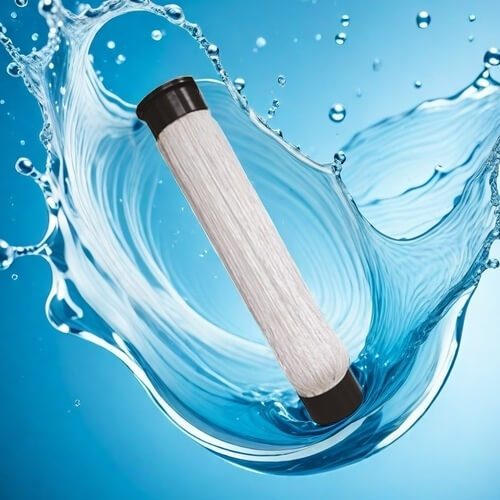High salt and high organic wastewater treatment process
The treatment process of high salt and high organic wastewater involves multiple technologies aimed at effectively removing salt and organic pollutants from the wastewater. The following are several main processing methods:
1. Physical and chemical treatment methods
Evaporation concentration
Multi effect evaporation: By using multiple series connected evaporators to evaporate step by step and heating with hot steam, it is suitable for treating high salt wastewater and can effectively separate salt and water.
Mechanical vapor recompression (MVR): using a steam compressor to improve thermal energy utilization efficiency, suitable for wastewater with high salt content.
Membrane separation technology
Reverse osmosis (RO): Separation of water and salt through membranes, which can be used for advanced treatment of high salt wastewater. By combining pre-treatment processes, the lifespan and processing efficiency of the membrane can be improved.
Electrodialysis (ED): It drives ion migration through an electric field and is suitable for removing low concentrations of salt.

2. Biological treatment method
Biological contact oxidation
Utilizing microorganisms to degrade organic matter and improving treatment efficiency by adjusting operating conditions such as sludge age and load. This method has good adaptability to high salt wastewater.
Anaerobic biological treatment
Using anaerobic microorganisms to degrade organic matter can maintain low water activity in high salt environments, effectively reducing COD and salinity.
3. Advanced oxidation technology
Catalytic oxidation: By introducing oxidants such as ozone and hydrogen peroxide to react with organic matter, hydroxyl radicals are generated, which can effectively degrade organic pollutants that are difficult to biodegrade.
4. Comprehensive processing technology
In practical applications, the above methods are often combined to improve the overall processing effect. For example:
Pre treatment: Use membrane separation to remove most of the salt.
Biological treatment: Subsequently, organic pollutants are further removed through biological contact oxidation or anaerobic treatment.
Subsequent refinement: Advanced oxidation or electrochemical methods are used for deep purification.
5. Resource recycling
In the treatment of high salt and high organic wastewater, water resources and salt can be recovered through methods such as evaporation and concentration, achieving zero emissions or resource utilization.
In summary, there are various treatment processes for high salt and high organic wastewater, each with its own advantages and disadvantages. Choosing the appropriate method requires comprehensive consideration of wastewater characteristics, economy, and environmental requirements.
